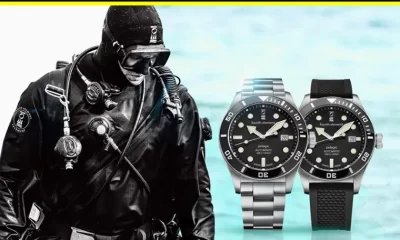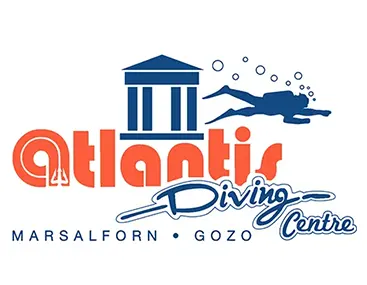Equipment
A Brief History of Scuba’s Ubiquitous Aluminum 80 Cylinder
Since its introduction in 1973, the 11-liter Aluminum 80 cylinder has become nearly ubiquitous in the sport diving world, supplying both tourist divers and stage-carrying tekkies with compressed breathing gas [Ed. note: compressed air is for tires!] Here cylinder inspection safety pioneers Mark Gresham and Bill High, principals of PSI-PCI Inc. dive into some of the colorful history that made the “Ally 80” what it is today!
By Mark Gresham and Bill High. Images courtesy of Mark Gresham.
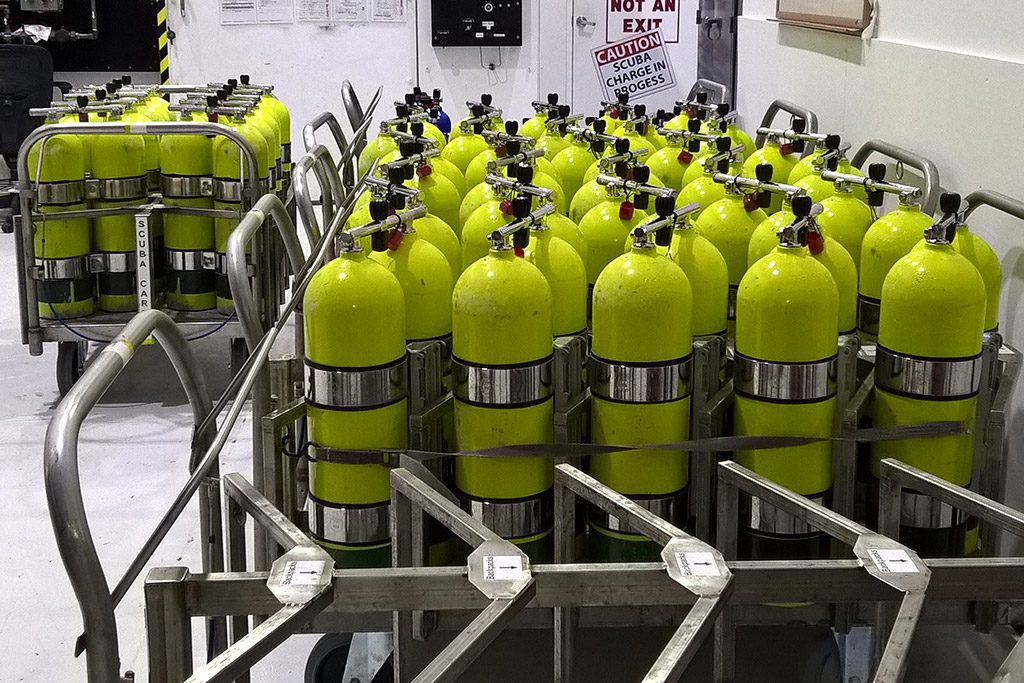
Introduced to the scuba world in 1973, the 6351-alloy, 11-liter aluminum 80, filled to 3,000 psig/207 bar quickly became the recreational diver’s vehicle into the underwater world, and later, the go-to stage bottle for tekkies. It came with some good features and a few problems yet to be discovered. It replaced Alcan Aluminum’s (Luxfer) first aluminum model rated at 2,475 psig/171 bar, the so-called floater, introduced in 1971.
Why did the “80” gain dominance so quickly? It looked cool, of course, compared to its rather drab competitor the 3AA steel 68 cf at 2250 psig (12.5 l/153 bar). Luxfer claimed the “80” held more air and was nearly neutrally buoyant. That was what divers wanted. The cylinder was slightly lighter compared to the common steel “72,” (13 l cylinder) and it was generally cheaper than steel. Perhaps its best feature was its superior resistance to corrosion. Divers preferred the flat-bottomed cylinder so it could stand without a boot.
The “80” had a down-side. At 3,000 psig/207 bar, that pressure was a bit high for most compressors in use. Many dive stores could not fill them completely. More importantly, its diameter was slightly greater than the common steel cylinder, so it would not fit into the non-adjustable backpacks.
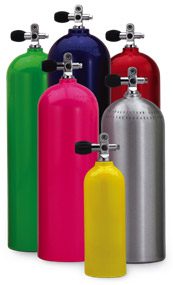
Alcan (Luxfer) was not the first to make an aluminum scuba cylinder. In the mid-fifties, the US Navy purchased many aluminum cylinders from Pressed Steel Tank Co. which were not Interstate Commerce Commission (ICC) approved for commercial use. Those cylinders were made by a spinning process that required a plug to close the round bottom. By the 1970s, some of those cylinders found their way into recreational diving; however, they were illegal to fill or transport.
For several years, the Luxfer “80” was the only kid on the block. In 1981, the competitors Walter Kidde Co. and Catalina Tank Co. began making competitive cylinder models using the somewhat different alloy, 6061.
The bright future for the “80” continued into the 1980’s. Adjustable backpacks solved the size issue. Corrosion resistance was evident. Several colors were available. There were two things we did not know. First, in 1982 and 1983, Luxfer produced its cylinders using the 6351 alloy with a somewhat elevated trace lead content. That became an issue later. Catalina and Kidde continued using 6061 alloy. Secondly, a metallurgical issue raised its ugly head.
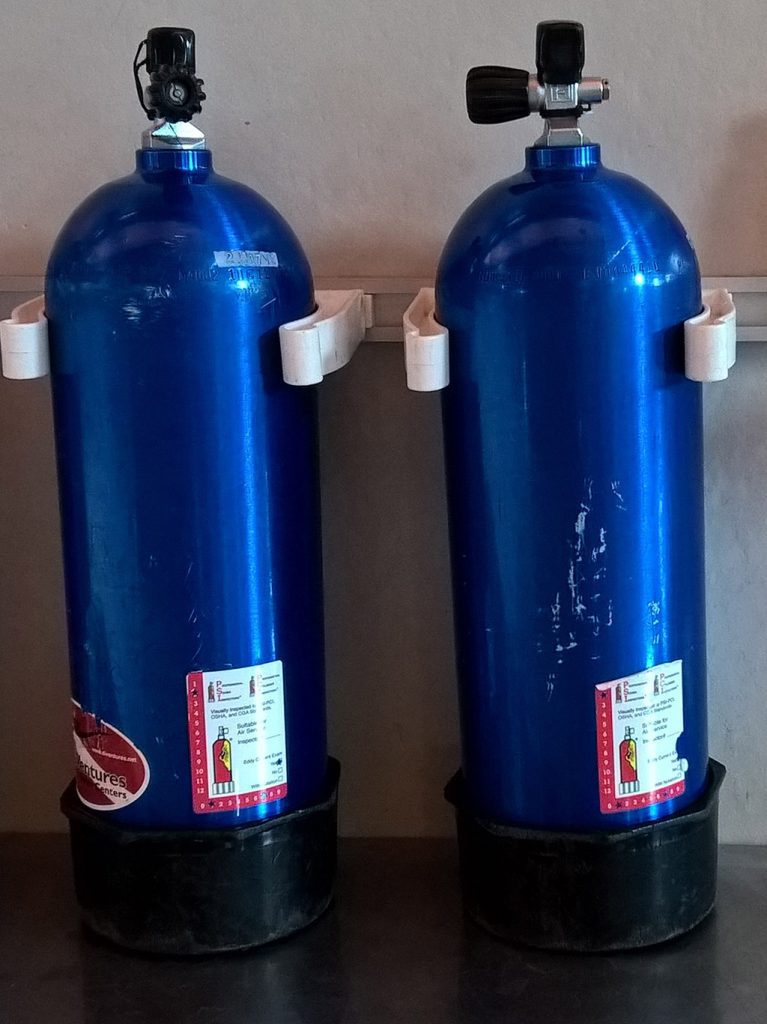
Problems in Paradise
By 1985, aluminum SCBA cylinders were being made for firefighters. A special 4500 psig/310 bar model obtained its high-pressure rating by overwrapping the cylinder with fiberglass. One such cylinder ruptured explosively. The cause was a crack developing in the crown-neck area. Testing suggested the cause then called room temperature grain boundary creep would not affect the lower pressure 3,000 psig/207 bar Aluminum 80. However, in 1989, an “80” did fail in the same manner.
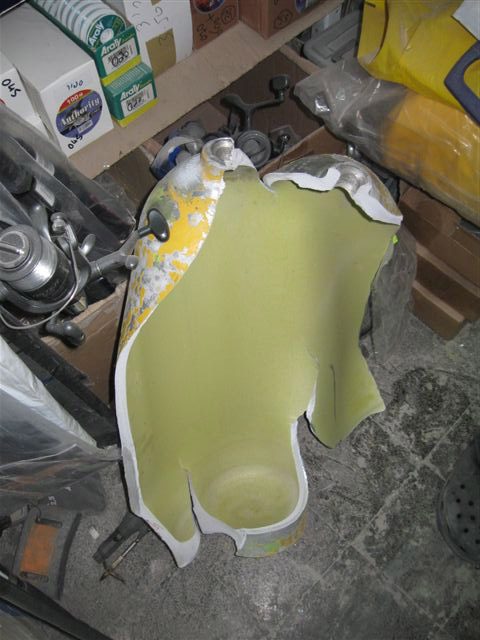
The common dive store annual visual inspection protocol did not include an assessment of the cylinder inner crown and thread area. The Professional Scuba Inspectors Company (PSI) immediately consulted with federal and industry specialists, and then developed a detailed protocol for the precise examination of all aluminum cylinders made from 6351 alloy, including the most popular “80”. Unfortunately for all aluminum cylinders, they were lumped into a bad cylinder mentality by far too many divers and dive leaders. It was a 6351-alloy issue not an all-aluminum issue.
PSI began a call to the dive-and-fire industries using its trained cylinder inspectors to immediately implement the vital inspection for crown-neck cracking. Strangely, there was wide resistance. Skin Diver Magazine would not publish an informative article on the need for this additional inspection step, stating that such announcements would alarm the dive community. The Diving Equipment and Manufacturing Association (DEMA) stated that PSI was simply pushing its program, and therefore would not notify its members.

The dive industry did become alarmed because hundreds of our faithful “80” were found to be cracked, and several failed explosively with tragic results. Fortunately, the inspection protocol gained acceptance, and flawed cylinders were removed from service before rupture. While only a fraction of one percent of the several million 6351 alloy cylinders were found cracked, the “80” reputation took a serious hit. Also, matters were exacerbated by learning that those 1982-83 Luxfer cylinders with the slightly higher lead content were more susceptible to cracking.
Both Kidde and Catalina cylinders were accused by the ill-informed as being prone to cracking. That was not the case, as both used the 6061 alloy, not Luxfer’s 6351. In 1989, Kidde stopped making scuba cylinders. By that year, Luxfer had changed its metal composition, bringing all aluminum 80 (and other sizes as well) cylinders back to their dominant position for scuba divers.
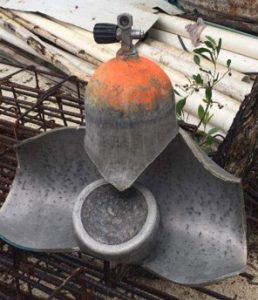
By the year 2000 and beyond, a wide range of cylinder sizes and pressure ratings in both steel and aluminum overshadowed the aluminum 80’s grand history. Today, the steel 100 cf/12 l model at 3442 psig/237 bar, easily outsells the 3AL 80. In both the US Northeast and Northwest, steel sales are as much as 10:1 over aluminum.
Currently, most dive resorts still rely on the workhorse “80.” That may change, as the cost of aluminum alloy has risen dramatically and is expected to continue in coming months. Nonetheless, when given proper care, those 80’s now serving so many divers will be with us for years to come.
Dive Deeper
Easy Tek: Making An Aluminum Cylinder
Easy Tek: SCUBA Tank DOT3AL3000 failure at 550bars/8,000psi
About Professional Scuba Inspectors, also now known as Professional Cylinder Inspectors, Inc: PSI-PCI
Important Industry Safety Alert – Federal Standards and Regulations Mean Something
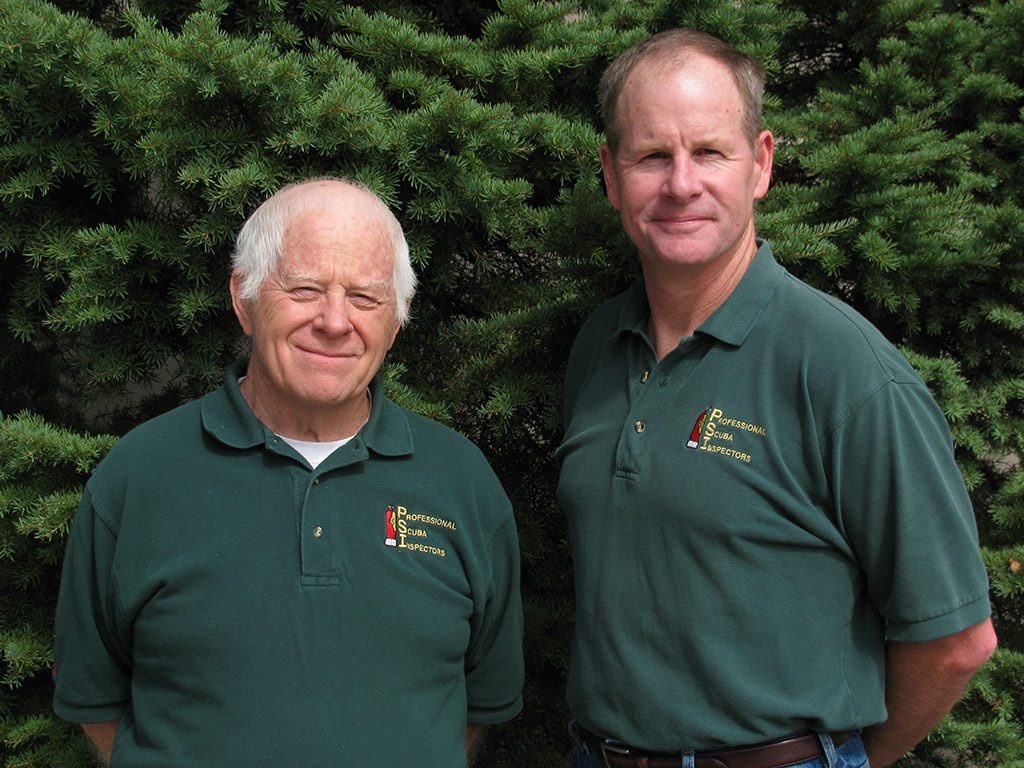
Mark A. Gresham
Mark Gresham began diving as a young boy with his father. He dove while serving in the U.S. Marine Corps. As a civilian diver, Mark became a PADI instructor and managed a scuba retail business. He joined Professional Scuba inspectors Company in 1996 and became General Manager of operations in 2004. With his wife Sherry, they became owners of the company in 2005.
Currently, Mark leads an extensive team of cylinder safety inspectors located throughout the world. Additionally, Mark serves as a consultant to NASA, NOAA, military services and cylinder manufacturers.
William (Bill) High
Bill began diving in 1955. He joined NAUI as instructor 175 in 1961. Throughout his career as a Fisheries Research Biologist he utilized scuba, undersea habitats, and deep submersibles to conduct fisheries research. Bill served as NOAA’s first National Diving Officer and was a U.S. representative to a United Nations committee.
Bill saw the need for a practical cylinder inspection program when all too many cylinders failed explosively. He founded the Professional Scuba Inspectors Company in 1983. By 1990, PSI cylinder safety training became the standard for a wide range of cylinder types.

























